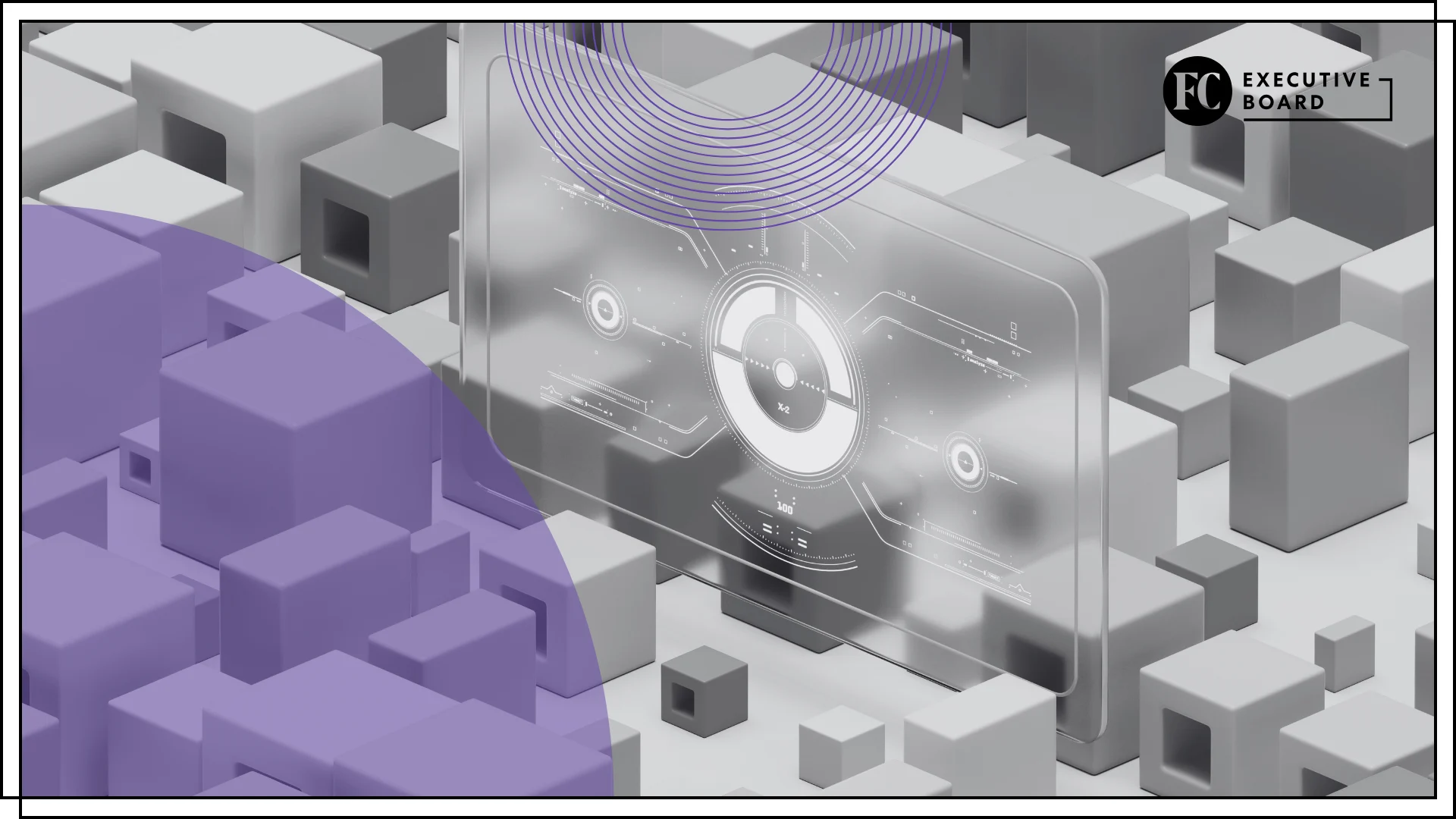Copyright Fast Company

From corporate offices to mobile fields like emergency response, construction, and utilities, technology has the potential to amplify employees’ impactful work across industries. Yet, effectively implementing the latest technology is easier said than done. Organizations face the challenge of making sure those solutions enhance the employee experience and help attract younger workers without alienating those who are less tech-savvy. Deploying new technologies without a long-term strategy rarely results in lasting gains in productivity or employee retention and satisfaction. A company that upgrades its five-year-old laptops to AI-ready models can’t expect all employees to seamlessly start using AI-driven applications overnight. The most successful tech rollouts are instead built upon a culture of research, collaboration, and continuous learning. THE CENTER OF YOUR TECH STRATEGY The research phase is the most important step of a tech deployment. While taking the time to research different technologies and how they will affect employees may slow down initial deployments, conducting thorough research ultimately drives more informed, thoughtful decisions and better business results. Before researching specific technologies, it is critical to collaborate with employees to understand which technologies they use every day and the current inefficiencies and sticking points. For example, do their systems suffer frustrating slowdowns when running demanding workloads? Do employees struggle with unreliable connectivity or slow IT repairs? Are they taking advantage of the latest AI-enhanced apps to support their work, and if not, why? Subscribe to the Daily newsletter.Fast Company's trending stories delivered to you every day Privacy Policy | Fast Company Newsletters It is especially vital to collaborate with employees to understand how they are using laptops, tablets, and handheld devices, which are often at the center of everyday workloads. At the most fundamental level, are the devices easy to use, even for new and less tech-savvy employees? It may help to ask about the devices employees use in their personal lives, as deploying similar devices in the workplace can reduce usage challenges. Finding out whether updates and upgrades are being provided in a timely manner can also help ensure employees benefit from the latest device capabilities. Asking employees about their tech experiences provides benefits that go beyond simply informing the next technology investment. Employees want to be listened to, they want to have the right tools to do their jobs, and they want to know that the organization cares about their everyday work experiences. Taking the time to collaborate with workers—asking questions via surveys, interviews, or other means—is part of creating a more attractive workplace, and one that is likely to appeal to both tech-savvy and non-tech-savvy workers. A CULTURE OF CONTINUOUS LEARNING Successful technology deployment across an organization requires formal upskilling sessions to train employees on how to use the new tools and workflows. Even employees who are considered digital natives can benefit from these sessions. In fact, a recent study examining Gen Z’s AI literacy found that many overestimated their AI skills and couldn’t perform as highly as expected when tested on writing prompts for AI models or evaluating the technology’s shortfalls. Hosting training sessions for all employees—from Gen Z to millennials to Gen X to baby boomers—places all employees on the same playing field and gives the organization an opportunity to clarify expectations and use cases. Initial training sessions should be mandatory for all employees, with follow-up sessions available to support those who have more questions or need more time to learn how to take advantage of the new tools. The questions asked during these follow-up sessions can help uncover overarching themes for continued communications, such as best practice emails for all employees. Effective trainings often consider the environments employees face day-to-day. That’s easy for office-based work. For mobile jobs like utility workers or police officers, it might require hosting the training in a vehicle so workers understand how the laptop connects to the docking station so they can start arranging the most ergonomic setup. Impactful trainings also effectively address both hardware and software. While the laptops may be new, employees will benefit from an overview of the software applications they can now leverage. Perhaps the new laptops are AI-ready with the processing power to better drive AI-enabled applications. Not all employees will know which AI applications to use to optimize workflows. Downloading the best applications directly on the new laptops before the training ensures everyone has access to the same tools for maximum efficiency. These opportunities for continuous learning can expand beyond training employees to use new technologies. When asked why they choose to work for their current employer, Gen Z workers ranked learning and development as one of the top three reasons. Rotational programs are one example of how organizations can incorporate learning into the culture by allowing new employees to explore different areas of the company before entering their permanent role. advertisement BUILD A CULTURE OF COLLABORATION, LEARNING, AND TECH Simply deploying new technologies isn’t enough to achieve the results organizations want. Successful tech rollouts require thoughtful collaboration with employees to research and understand their needs, as well as ongoing training to ensure every employee knows how to take full advantage of new technologies and tools. Working with a trusted tech partner to build and execute a long-term tech strategy can help. Partners can assist at every stage, including helping organizations gather and interpret employee feedback to arrive at the best tech solutions, as well as providing ongoing technical and other support. Ultimately, workplace technology is much more than just a tool to help workers do their jobs. The way technology is implemented, deployed, and supported embodies the organization’s culture. By embracing collaboration and continuous learning as part of their tech strategy, organizations can build a workplace that is both more productive and more attractive to a wide range of workers. Dominick Passanante is vice president and GM, Mobility Business, at Panasonic Connect.



